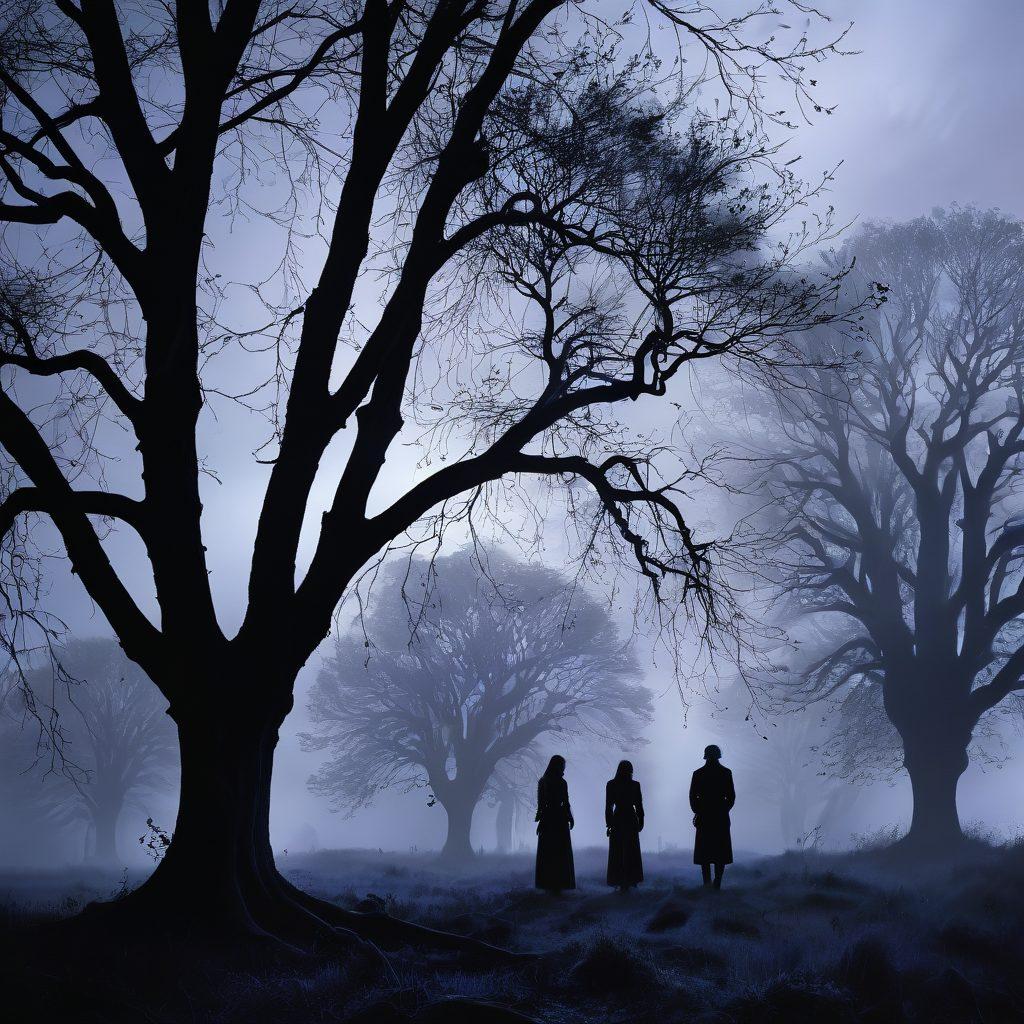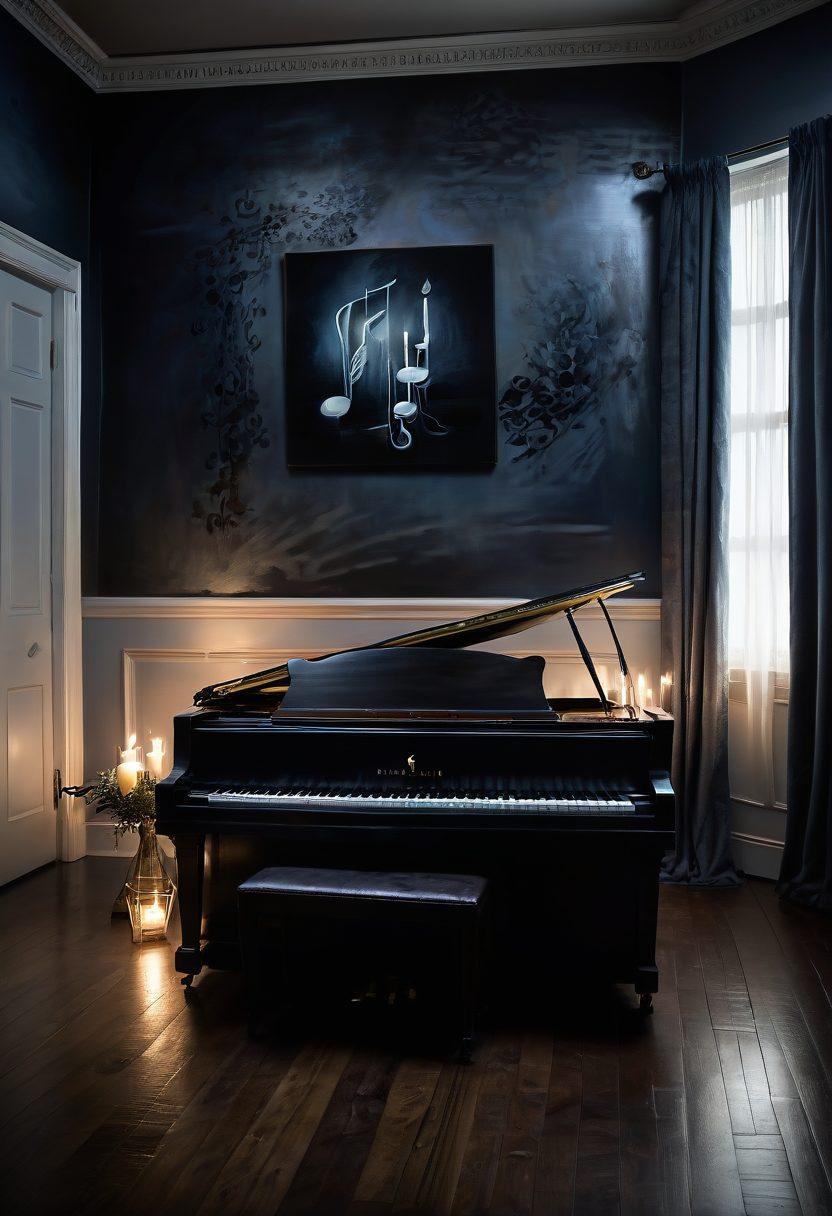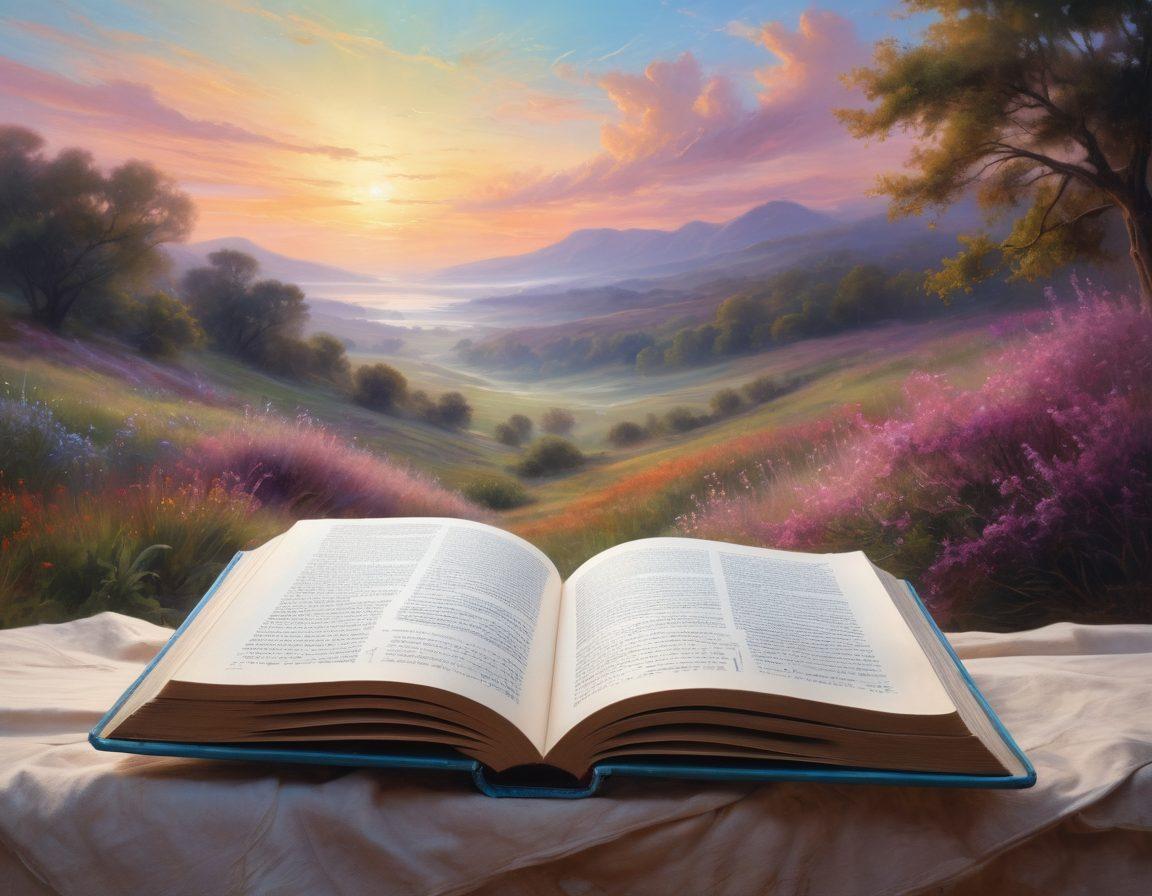Exploring the Depths of Melancholy: Artistic Expressions of Sadness and Beauty
If you’ve ever found yourself wandering through an art gallery, drawn to the shadows that linger just outside the light, you might be intimately familiar with the dark aesthetic that melancholy breathes into artistic creation. There’s something about the somber shades of blue and the dramatic flair of a gothic style that evokes a profound emotional response. Are we attracted to sadness because it reflects our own experiences of heartbreak or loss? The alluring blend of tragic beauty, coupled with the brooding nature of artistic expression, invites us to explore the depths of our own feelings while also engaging with the raw emotion conveyed by the artist.
Melancholy, often intertwined with themes of sadness and depression, can fuel an artist's creative fire. Many great works have emerged from moments of introspection, where sorrowful poetry and moody music intertwine to create masterpieces born from pain. Have you ever listened to a haunting melody that left you feeling both uplifted and weighed down? That tension represents the emotional landscape explored by artists who delve into alternative art forms. It raises questions about the human condition: how can we find beauty in darkness?
Imagine a dark nun cloaked in shadows, her eyes reflecting a deep sorrow of unanswered questions. This image encapsulates the essence of the dark aesthetic, invoking a sense of gloom and an invitation to explore our inner pensive thoughts. Artistic expression often serves as a mirror to our souls, revealing emotions that we might otherwise tuck away into remote corners of our minds. The wistful gaze of a melancholic character can resonate deeply, reminding us that each of us carries our own burdens of sadness, yet we still seek connections through art and creativity.
This exploration of the dark aesthetic can shine a light on how we interpret emotional artwork in our lives. Each brushstroke or note sung carries the weight of human experience, crafting a pathway for catharsis. When contemplating artistic expressions born from the abyss of sorrow, we realize that it is often through our most tragic moments that we create something extraordinarily beautiful. Have you ever penned your thoughts during a blue period, only to discover profound insights and connections through your introspective poetry?
As we embrace the moody and melancholic facets of life, we become more attuned to the artistry that surrounds us. Rather than running from feelings of sorrow or melancholy, we can turn them into powerful sources of inspiration. Whether it's through creating alternative art steeped in dark themes or losing ourselves in the rhythm of melancholic music, the veil of depression can sometimes lead to the most enlightening discoveries. So, how do you embrace the
The Melodrama of Sadness: Exploring Gloomy Inspirations in Art and Music
In a world that often favors the bright and the cheerful, there is a profound beauty in exploring the somber shadows of human emotion. The artistic expressions of sadness resonate with many, inviting us to contemplate the landscape of our souls. Imagine sitting in a dimly lit room, where the echoing notes of moody music weave through the air and dark artwork hangs on the walls, each piece whispering tales of melancholy. How does one channel the depths of sorrow into creativity? This is the enchanting allure of the melodrama of sadness, where gloom becomes a source of inspiration, illuminating the tragic beauty of the human experience.
Throughout history, countless artists have ventured into the realm of the dark aesthetic, embracing themes of depression, brooding, and the emotional turmoil that often resides just beneath the surface. The gothic motifs in visual arts reflect a melancholic fusion of beauty and pain. Think of the haunting figures in Edward Munch's 'The Scream,' where despair is painted in bold and vibrant blue strokes. Each brushstroke reveals a melancholic heartbeat, drawing us into a world where sadness is not just an emotion, but a canvas for artistic expression. Can sadness evoke beauty? Is it possible that in the midst of sorrow, we may find the most profound reflections of ourselves?
Music, too, offers an evocative escape into the realm of sorrowful poetry and introspective melodies. Artists like Nick Cave and Fiona Apple delve into their inner struggles, crafting moody songs that resonate with anyone who has felt lost in their thoughts. As the melancholic music plays, we discover a shared understanding in the lyrics that speak of love, loss, and longing. Each haunting note transports us to a place where we can dwell in our emotions without fear of judgment. It’s in these moments of listening that we confront our own sadness, bridging the gap between personal experience and collective sentiment. When was the last time a song made you feel understood?
In the alternative art scene, the tragic beauty of sorrow is often portrayed through a lens of pensive contemplation. Artists create emotional artwork that embodies the complexities of human nature, encouraging us to reflect on our dark moments. The melancholic themes in their works serve as reminders that we are not alone in our feelings of despair. We find solace in the fact that these creative expressions hold a mirror to our own experiences, validating our emotions. As we immerse ourselves in this realm of introspection, how can we transform our personal losses into something that fuels our creativity?
Ultimately, the exploration of melancholy invites us to confront our sadness and transform it into something beautiful. There is strength in vulnerability, and the act of expressing sorrow can lead us to a deeper understanding of ourselves. Whether through dark nun imagery in art, sorrowful poetry that unearths raw emotion, or moody music that captivates our hearts, we are encouraged to embrace the brooding elements of life. In this exploration of gloomy inspirations, let us celebrate the resilience that comes from artistic expression. Embrace the melancholic journey—it might just lead you to discover your own tragic beauty. What stories of sadness are waiting to be told through your creativity?
Wistful Whispers: The Intersection of Emotional Artwork and Pensive Poetry
In a world awash with vivid colors and exuberant emotions, there exists a shadowy realm where sadness beautifully intertwines with artistic expression. It's a place where the dark nun of melancholy whispers tales of sorrowful poetry and moody music, inviting us to delve deeper into our emotions. What is it about the gloomy and blue that resonates so deeply within the human soul? Is there a magnetic pull toward the tragic beauty found in introspective poetry and alternative art? As we explore the wistful whispers of the intersection between emotional artwork and pensive poetry, we uncover layers of meaning that are as rich as they are poignant.
Picture a dimly lit room adorned with gothic art, the heavy textures and somber colors wrapping around you like a comforting shroud. This is the essence of a dark aesthetic that speaks to the brooding beauty of sorrow. Artistic expressions steeped in sadness can evoke a sense of understanding and empathy, allowing us to connect with both the artist and the experience. Just as a melancholic melody strikes a chord in our hearts, a piece of art filled with raw emotion can transport us to reflective moments in our lives. Have you ever stood before a painting or listened to a song that made your heart ache in recognition of your own feelings? That’s the power of artistic expression—capable of revealing truths hidden within our collective consciousness.
Sadness isn’t merely an emotion to be brushed aside; rather, it is a profound source of inspiration for many artists. Think of the brooding figures in art history, each one a testament to the strength found in vulnerability. Gothic styles capture the shadows, using darkness to reveal a deeper understanding of life’s complexities. We often associate melancholy with depression, yet beautiful artwork can serve as a bridge, allowing us to traverse the tumultuous waters of our minds. What would happen if we embraced our sadness, channeling it into creativity instead of viewing it as a burden? In doing so, we might unearth new treasures: profound insights hidden within the melancholic chorus of sorrowful poetry and rugged canvases.
As we engage with moody music that conveys an air of wistfulness, we often find ourselves immersed in introspective moments. The union of sound and visual artistry fosters a unique experience that prompts reflection. Perhaps we identify with the plights carved into the fabric of an artist’s work, seeing snippets of our journeys woven throughout their narratives. Wouldn’t it be intriguing to consider how multiple forms of expression come together to generate a deeper understanding of our feelings? The interplay between poetry and art—each echoing and enhancing the other—makes for an enriching exploration into our innermost selves.
The allure of melancholic music and sorrowful poetry offers solace in knowing that we are not alone in our experiences. Maybe they inspire us to confront our feelings rather than bury them beneath a facade of cheer. Through artistic expression, we engage in conversations about suffering, beauty, and the bittersweet nature of existence. After all, even in our darkest moments, the creation of something beautiful can transform our pain into a powerful narrative. So, the next time you find yourself entranced by the tragic beauty of a piece of art or the haunting verses of a poem, take a moment to appreciate how these forms of expression remind us of our shared humanity and the richness of emotional complexity.


